- home
- Articles
- Architectural Portfolio
- presentation
- Architecture News
- visualization
- Freelance Architecture
- Schooling
- Parametric Design
- Landscape Architecture
- Construction
- Interior Design
- Schooling
- Artificial Intelligence
- sketching
- Design Softwares
- diagrams
- writing
- Architectural Tips
- Roofing
- sustainability
- courses
- concept
- technology
- projects
- visualization
- Competitions
- Store
- Contact
- My account
- home
- Articles
- Architectural Portfolio
- presentation
- Architecture News
- visualization
- Freelance Architecture
- Schooling
- Parametric Design
- Landscape Architecture
- Construction
- Interior Design
- Schooling
- Artificial Intelligence
- sketching
- Design Softwares
- diagrams
- writing
- Architectural Tips
- Roofing
- sustainability
- courses
- concept
- technology
- projects
- visualization
- Competitions
- Store
- Contact
- My account
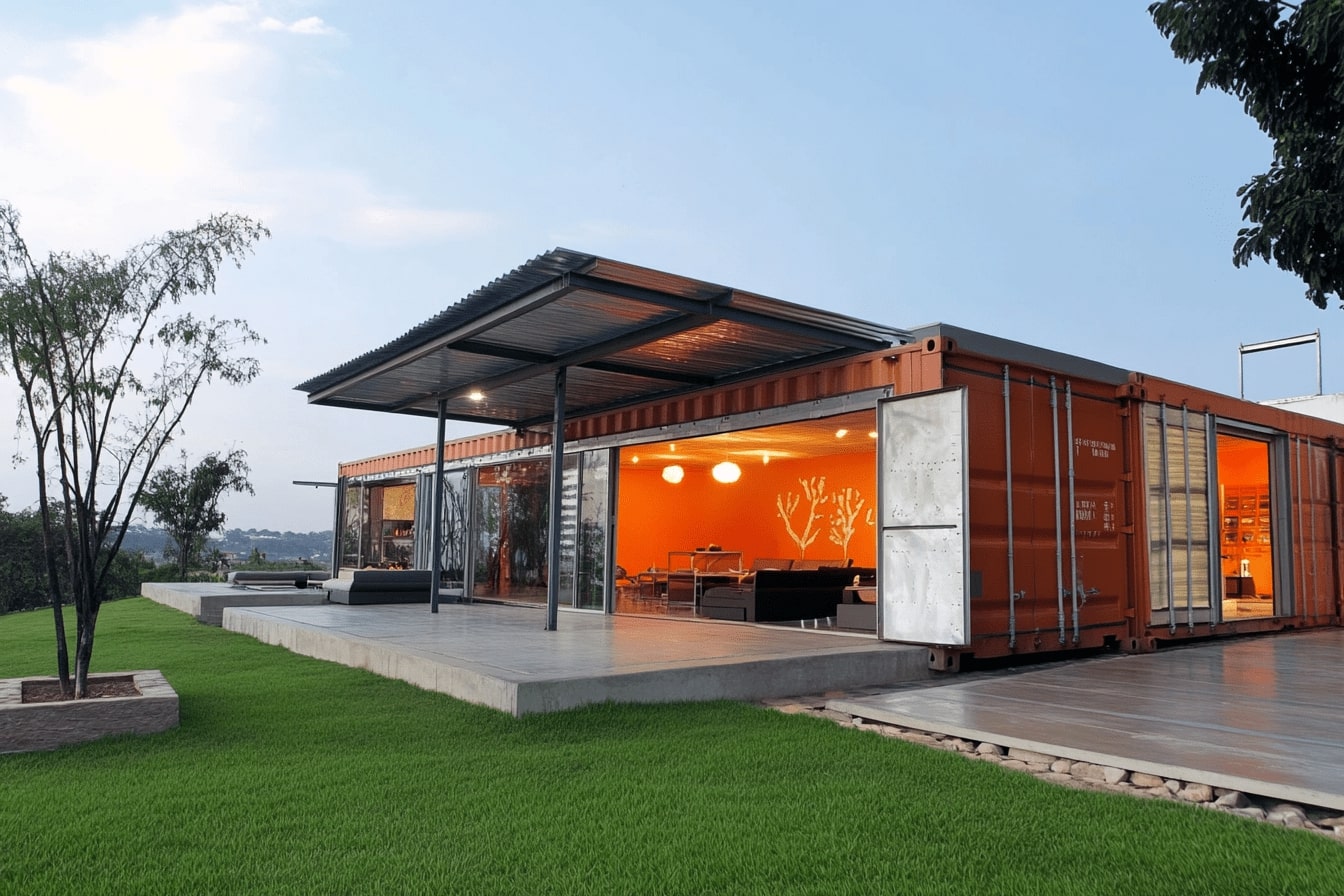
10 Unique Container Home Designs To Inspire Your Next Project
Container homes are revolutionizing the way we think about sustainable living and innovative design. These versatile structures offer a unique blend of affordability, eco-friendliness, and modern aesthetics that make them an appealing choice for many. Whether you’re dreaming of a minimalist retreat or a luxurious abode, container homes provide endless possibilities for creativity and customization.
In this article, we’ll explore ten unique container home designs that are sure to spark your imagination and inspire your next project. From sleek urban dwellings to cozy countryside escapes, these innovative designs showcase the incredible potential of repurposed shipping containers. Let’s dive in and discover how you can transform these industrial giants into stunning, functional living spaces.
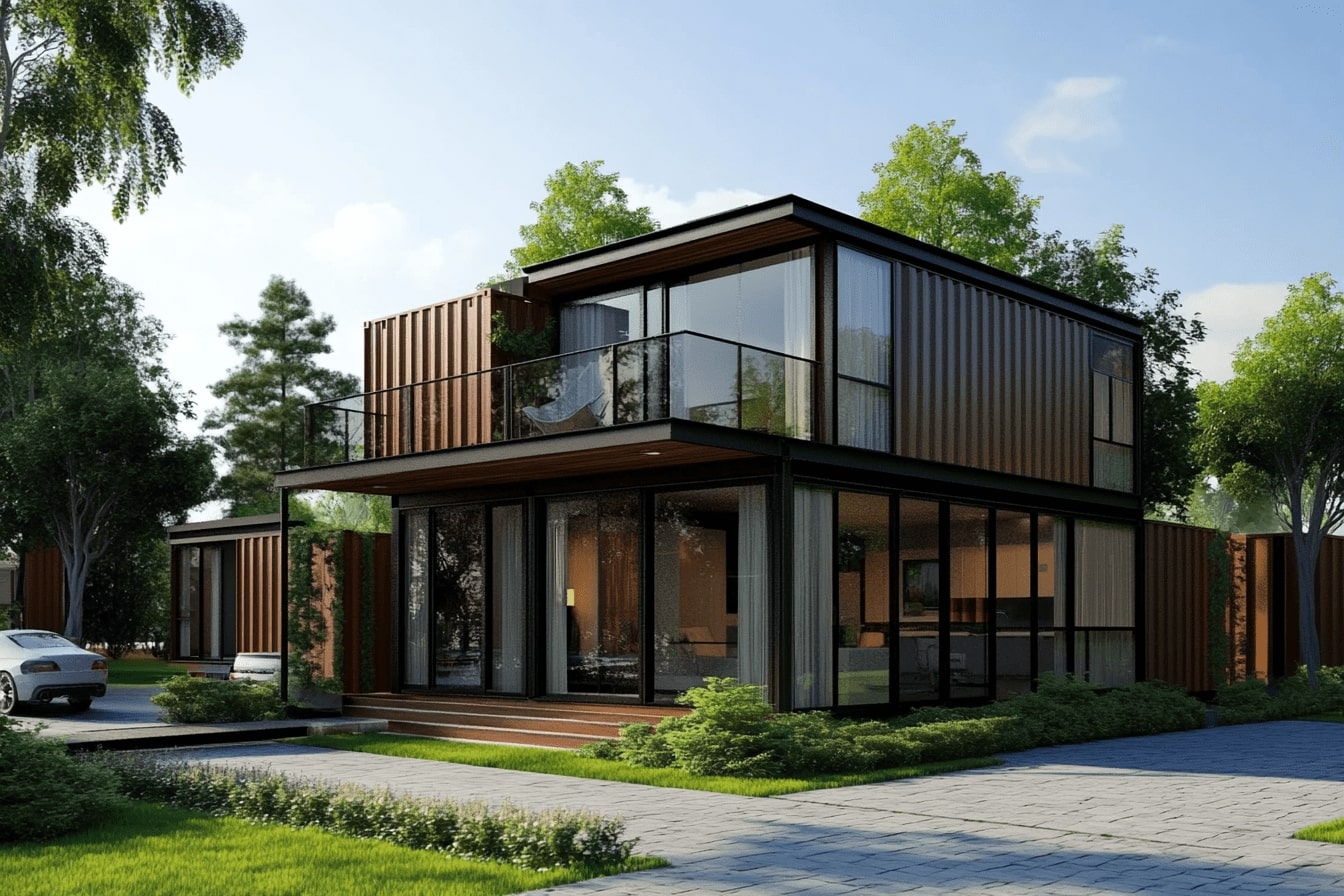
Table of Contents
ToggleMinimalist Retreat
Minimalist retreats offer simplicity and tranquility. These container homes provide an ideal escape from the clutter of modern life.
Design Features
Minimalist retreats focus on clean lines and open spaces. Natural light is maximized through large windows and glass doors. Interiors use neutral color palettes and minimal furniture to create a serene environment. Some designs incorporate sustainable materials like reclaimed wood and energy-efficient appliances, blending eco-friendly aspects with aesthetic appeal.
Pros and Cons
- Cost-Effective: Lower construction and maintenance costs.
- Eco-Friendly: Use of repurposed containers and sustainable materials.
- Quick Construction: Faster build times compared to traditional homes.
- Flexibility: Easily customizable layouts.
- Space Limitations: Smaller living areas may restrict design options.
- Insulation Challenges: Potential for higher heating and cooling costs.
- Building Codes: Compliance with local regulations can be complex.
- Structural Modifications: Changing the container’s structure might weaken its integrity.
Eco-Friendly Oases
Eco-friendly container homes prioritize sustainability by integrating green materials and energy-efficient systems.

Design Features
Eco-friendly container homes often incorporate renewable energy sources like solar panels and wind turbines. These homes use natural insulation materials, such as wool or recycled denim, that help maintain a comfortable temperature. Rainwater harvesting systems are common, ensuring efficient water use. Large windows maximize natural light, reducing the need for artificial lighting. When possible, recycled or reclaimed materials, such as wood or metal, are used to decrease the environmental footprint.
Pros and Cons
Eco-friendly container homes offer improved energy efficiency, reducing utility costs and environmental impact. The use of recycled materials further lessens waste, promoting a sustainable lifestyle. However, sourcing eco-friendly materials can be more expensive, increasing initial costs. While efficient, off-grid systems like solar panels may require significant upfront investments. Additionally, integrating advanced systems can complicate construction and maintenance.
Urban Chic
Urban chic container homes merge industrial aesthetics with modern style, balancing functionality and elegance. These homes stand out with their unique, sophisticated designs that reflect city life.
Design Features
Urban chic container homes incorporate sleek lines, minimalist furniture, and a monochromatic color palette. They often feature large windows that offer plenty of natural light, creating an open and inviting space. Glass doors and metal accents enhance the modern industrial vibe. A rooftop deck or garden provides a private outdoor area, perfect for enjoying city views. Interiors typically include modular kitchens, high-end appliances, and hidden storage solutions to maximize space. Smart home technology, from automated lighting to integrated sound systems, adds convenience and sophistication.
Pros and Cons
Urban chic container homes offer several advantages:
- Aesthetics: They provide a stylish, modern look that stands out.
- Functionality: Smart use of space ensures practical living in urban settings.
- Customization: Easily tailored to individual preferences.
However, there are some drawbacks:
- Higher Costs: Premium materials and smart technology can raise expenses.
- Space Limitations: Compact size may restrict large families.
- Maintenance: Maintaining urban chic features requires regular upkeep.
By balancing aesthetics with practicality, urban chic container homes provide a unique solution for modern city living.

Rustic Charm
Container homes imbued with rustic charm bring warmth and natural beauty to sustainable living. These homes blend reclaimed materials with modern designs.
Design Features
Rustic charm container homes emphasize natural elements and cozy aesthetics. They use reclaimed wood, stone accents, and earthy color palettes. Large windows frame scenic views, enhancing the connection to nature. Metal roofing and exposed beams add character without sacrificing durability. Open floor plans are common with multi-purpose spaces maximizing functionality.
Pros and Cons
Rustic charm container homes are environmentally friendly due to reclaimed materials. They offer cozy and inviting spaces that feel like traditional homes. However, specialized materials might increase costs. Maintenance could be more involved, especially with wood elements prone to weather damage. Integration of modern amenities might be limited by the rustic design focus.
Modern Marvels
Container homes redefine modern living with sleek, innovative designs. These homes stand out for their futuristic aesthetics and high-tech integrations.
Design Features
Modern container homes use state-of-the-art materials and technology. They boast minimalist layouts with multifunctional spaces. Floor-to-ceiling windows ensure abundant natural light. Smart home systems control lighting, security, and climate. Kitchens often incorporate high-end appliances and modular designs for efficiency. These homes may feature green roofs or rooftop gardens to blend urban living with nature. Stainless steel and glass elements add a touch of sophistication.
Pros and Cons
Pros:
- Aesthetic Appeal: Offer a sleek, contemporary look.
- Energy Efficiency: Smart systems optimize energy use.
- Customization: Highly adaptable to individual preferences.
- Natural Light: Large windows enhance livability and reduce lighting costs.
Cons:
- High Costs: Advanced materials and technology increase initial investment.
- Maintenance: Smart systems require regular updates and care.
- Space Constraints: Limited size may restrict interior design options.
- Complex Construction: Advanced features complicate the build process.
By blending cutting-edge design with functional living spaces, modern container homes push the boundaries of architectural innovation.

Off-Grid Wonders
Off-grid wonders showcase the ultimate in sustainable living. These container homes operate independently from municipal utilities.
Design Features
Off-grid container homes integrate solar panels, rainwater harvesting systems, and composting toilets. They use passive cooling techniques such as green roofs and strategic window placement to regulate temperature. Insulated wall panels enhance energy efficiency. Compact kitchens and multi-functional spaces optimize interior areas. Flexible designs support customization, catering to various lifestyle needs.
Pros and Cons
Pros:
- Energy Independence: Solar panels and wind turbines provide renewable energy.
- Water Efficiency: Rainwater harvesting systems reduce reliance on external water sources.
- Eco-Friendly: Composting toilets and green roofs contribute to environmental conservation.
Cons:
- High Initial Cost: Installation of renewable energy systems and specialized insulation is expensive.
- Maintenance: Regular upkeep of solar panels and composting systems is necessary.
- Resource Limitations: Reliance on weather conditions influences solar and wind energy effectiveness.
These off-grid wonders combine sustainability and independent living, offering innovative features while presenting unique challenges.
Family-Friendly Layouts
Family-friendly container homes offer practical and comfortable living spaces for families of all sizes. These designs combine functionality with aesthetic appeal to create inviting homes.
Design Features
Family-friendly container homes typically incorporate open floor plans, multiple bedrooms, and ample storage space. Open floor plans enhance social interaction and make the home feel spacious. Multiple bedrooms ensure privacy and comfort for family members. Ample storage space helps maintain an organized and tidy living environment. Examples include built-in shelves, under-bed storage, and multifunctional furniture like sofa beds and expandable dining tables. Additionally, incorporating outdoor spaces like decks and patios extends living areas and provides play zones for children.
Pros and Cons
Pros:
- Affordability: Building with shipping containers can reduce overall construction costs.
- Customization: We can easily modify containers to fit specific family needs.
- Durability: Containers are designed to withstand harsh conditions, offering long-lasting homes.
- Eco-friendly: Using repurposed containers reduces waste and environmental impact.
- Insulation: Containers might require additional insulation to maintain comfortable temperatures.
- Permitting: Navigating local building codes and permits can be challenging.
- Space limitations: Even with customization, containers can offer less space compared to traditional homes.
- Maintenance: Metal containers might require regular maintenance to prevent rust and corrosion.
Family-friendly container homes present a blend of functionality and style, making them a viable option for modern families seeking sustainable living.

Luxury Living
Luxury container homes transform industrial structures into opulent living spaces. Employing high-end materials and advanced architectural design, these homes redefine modern elegance.
Design Features
Luxury container homes incorporate bespoke design elements. High ceilings and expansive windows enhance natural light and space. Interiors often include gourmet kitchens with state-of-the-art appliances, luxurious bathrooms with spa-like features, and open-plan living areas. Custom finishes like hardwood floors, marble countertops, and designer fixtures enhance the aesthetic appeal. Additionally, outdoor living spaces, including rooftop terraces and landscaped gardens, extend the living area.
Pros and Cons
Luxury container homes offer several advantages. They provide a unique, stylish living experience with eco-friendly credentials. Quick construction times and customization options cater to individual tastes. These homes are also cost-effective compared to traditional luxury homes.
However, there are challenges. Initial costs can be high due to premium materials and custom design elements. Transporting containers to remote locations may incur significant expenses. Insulation and climate control require special attention to maintain comfort. Additionally, zoning and permitting can be more complex compared to standard container homes.
Cozy Studios
Cozy studio container homes offer a compact yet comfortable living solution. These designs maximize space while maintaining a warm and inviting ambiance.
Design Features
Cozy studio container homes often feature clever storage solutions and multifunctional furniture. Built-in shelving units, fold-out beds, and convertible workspaces optimize the limited square footage. Large windows and glass doors bring in natural light, making the space feel more open. Insulated walls and energy-efficient systems ensure comfort year-round.
Pros and Cons
- Affordability: Lower construction and maintenance costs compared to traditional homes.
- Mobility: Easy to relocate, ideal for travel enthusiasts.
- Eco-Friendliness: Sustainable materials and energy-efficient designs.
- Space Limitations: Limited living area might not suit everyone’s needs.
- Zoning Issues: Local regulations can restrict where container homes are placed.
- Thermal Insulation: Requires proper insulation to maintain temperature.
- Affordable Container Homes
- affordable container house designs
- best container home designs
- container home architecture
- container home construction
- Container Home Designs
- container home inspiration
- container home interior design
- container home landscaping ideas
- container homes for small spaces
- container house construction tips
- container house energy efficiency
- container house ideas
- container house plans
- custom container home builders
- custom container homes
- DIY container home projects
- Eco-Friendly Container Homes
- green container building
- innovative container home designs
- innovative container housing
- inspiring container home ideas
- inspiring container homes
- luxury container homes
- minimalistic container living
- modern container homes
- modern container houses
- off-grid container homes
- portable container homes
- prefabricated container homes
- shipping container home designs
- sustainable container home design
- sustainable container homes
- tiny container house ideas
- unique container homes
- urban container home trends
5 Comments
Submit your architectural projects
Follow these steps for submission your project. Submission FormLatest Posts
How Color and Light Affect Our Emotions in Building Spaces
Discover how color and light shape our emotions in spaces! This article...
Innovative Shower Door Materials: Glass, Acrylic, and Beyond
A bathroom is a space to relax, refresh, and start or end...
Designing Your Dream Retirement Home: Key Features to Look For
When planning for retirement, one of the most significant decisions you’ll make...
Why Is Commercial Epoxy Flooring a Great Option for Businesses?
In commercial spaces, floors are constantly under heavy use, which is why...



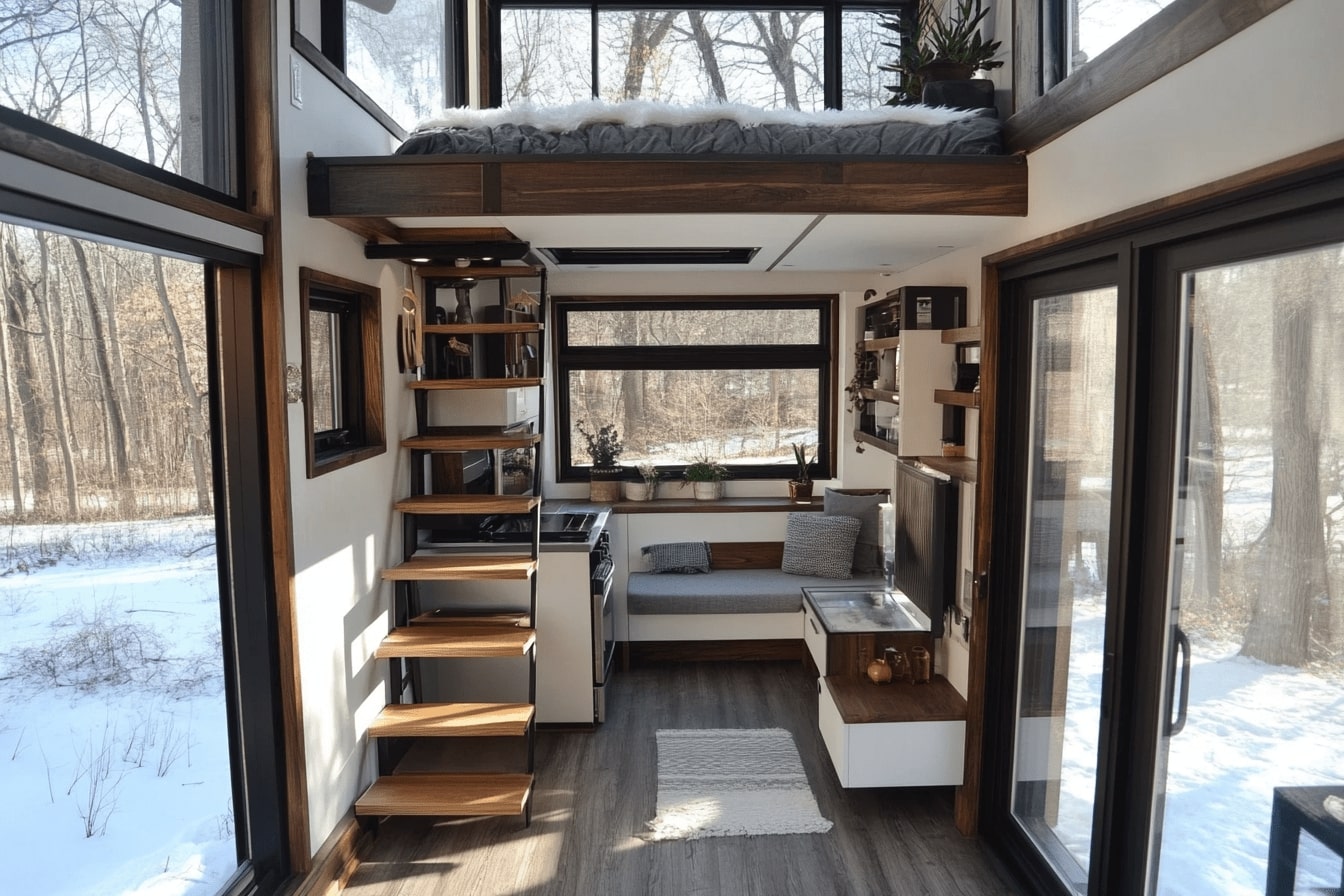





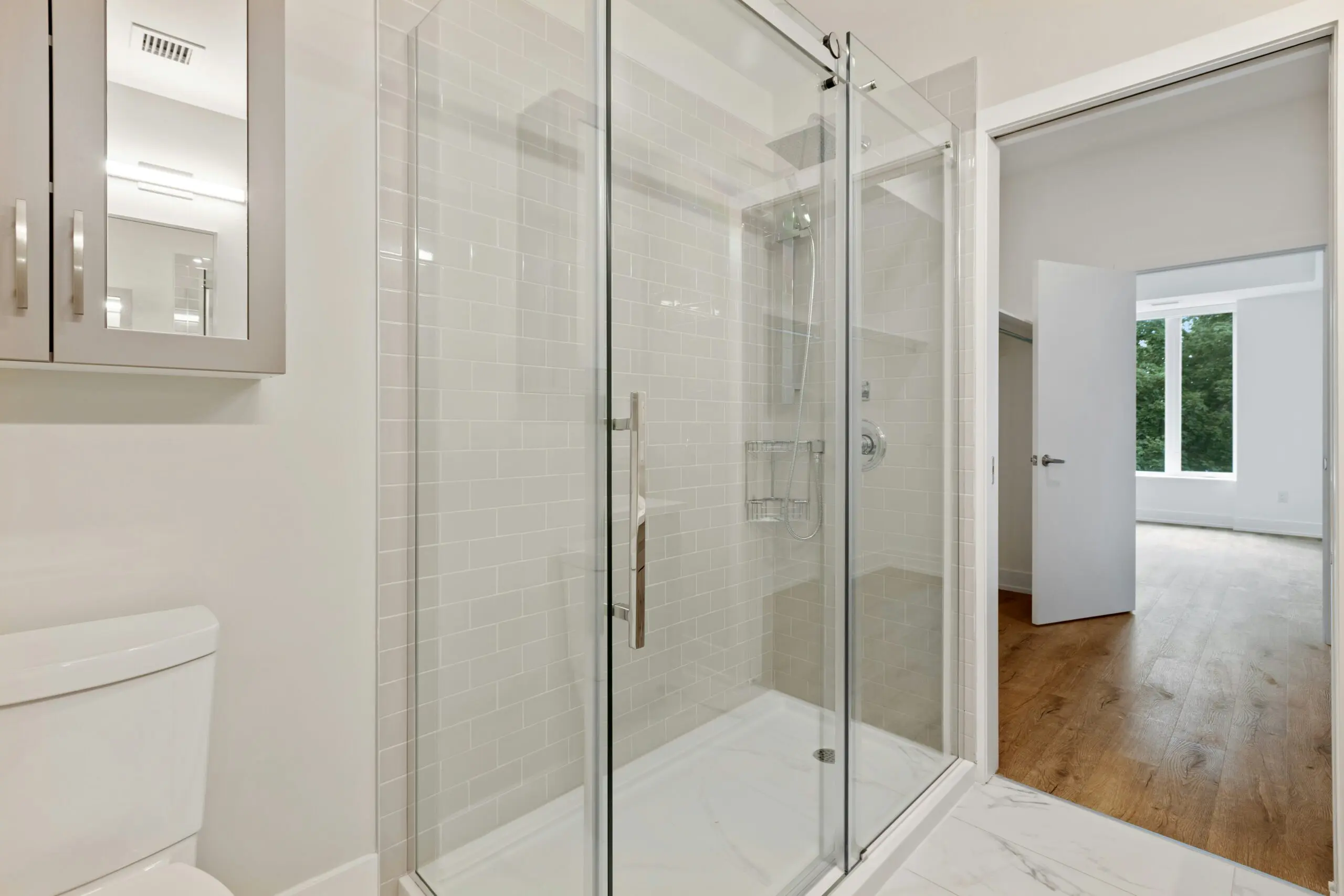

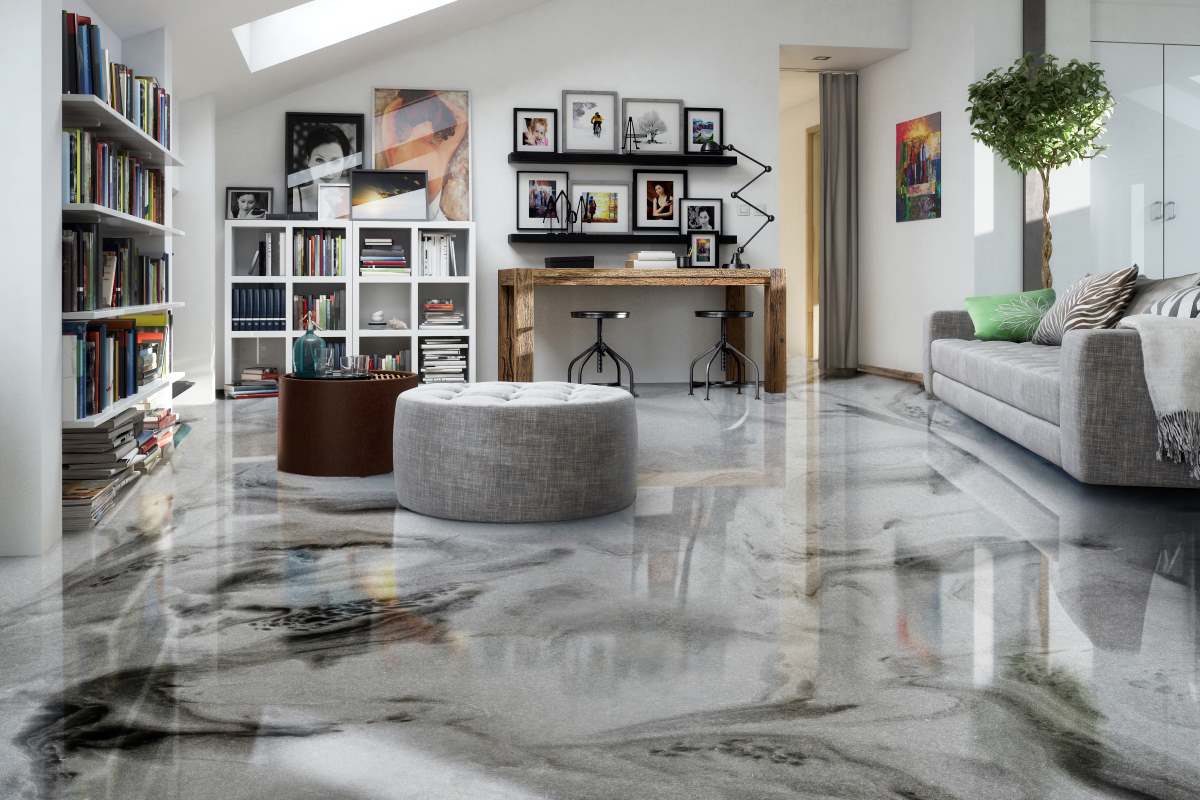
This article talks about container homes. They seem interesting for living, but I’m not sure if they are good for everyone. Some parts are nice, but others sound a bit complicated.
This article talks about container homes. They seem interesting for being cheap and eco-friendly. I like some of the designs mentioned, but I’m not sure if they would be good for everyone.
Container homes sound interesting. They seem to have some good ideas.
I think container homes could be nice, but I wonder about the space.
This article has some unique designs for container homes. It’s worth a look.